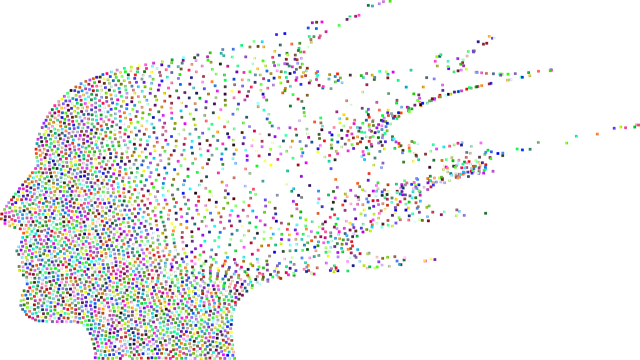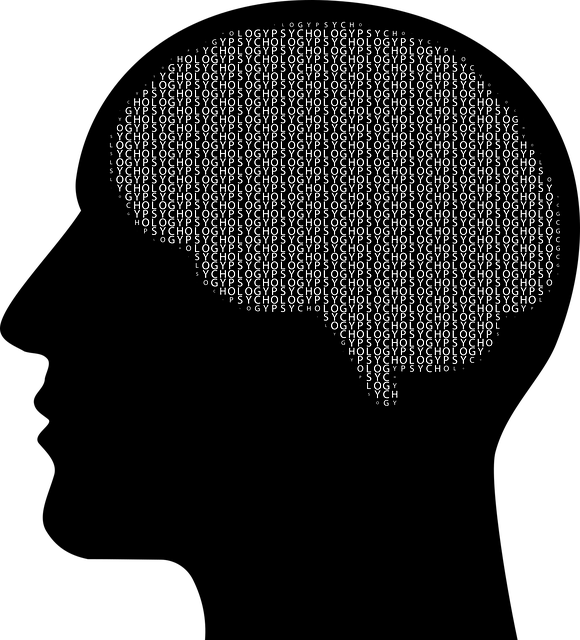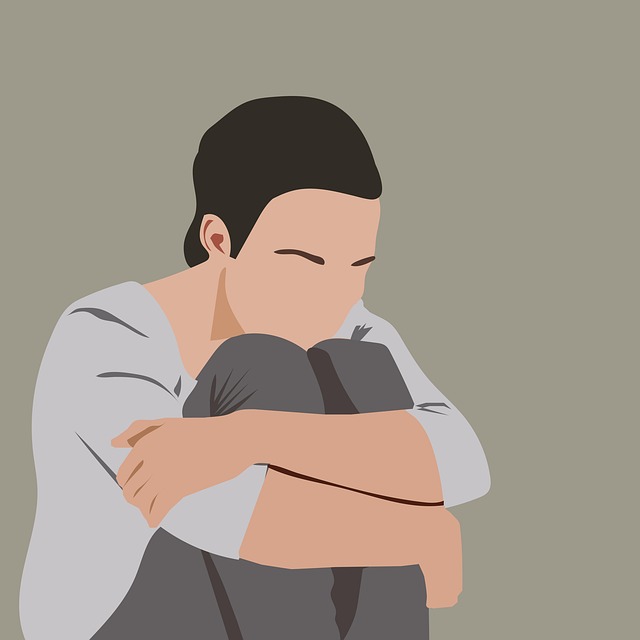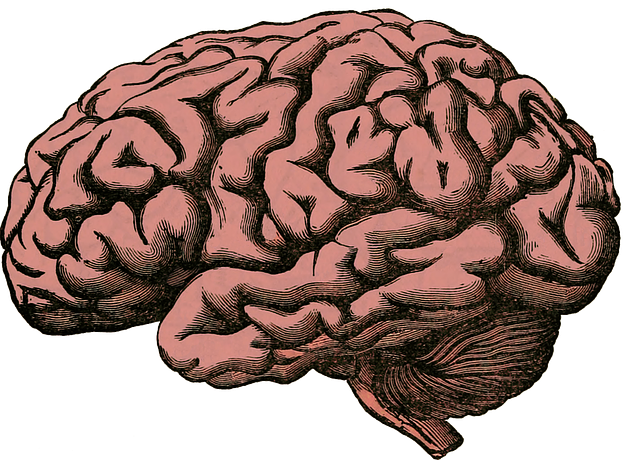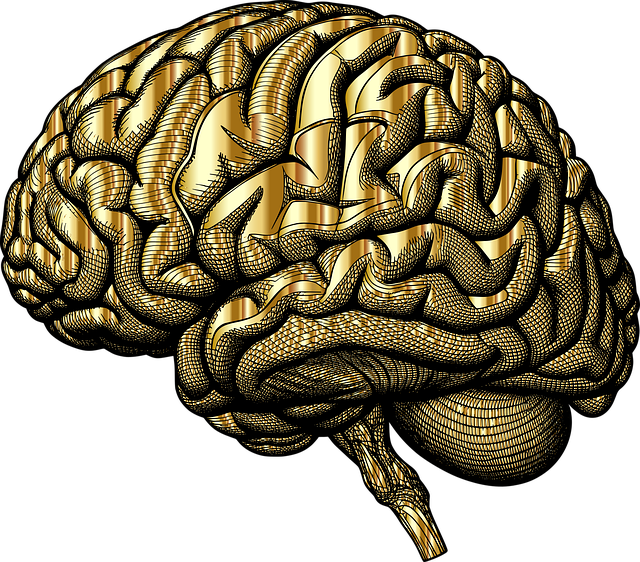Superior adolescent and teen therapy requires specialized skills, focusing on identity formation, emotional regulation, and life transition challenges unique to this stage. It involves evidence-based practices, burnout prevention, cultural sensitivity, self-care promotion, and robust risk assessment frameworks. Safety protocols, staff training, crisis intervention plans, and open communication channels ensure secure healing environments. Continuous training, workshops, seminars, online courses, peer collaboration, supervision groups, and mentoring enhance the expertise of mental health professionals, ultimately improving care quality for adolescents facing mental health challenges.
In the realm of mental health, professionals catering to adolescents face unique risks and challenges. This article delves into the critical aspect of risk assessment for these specialists, exploring vital areas such as understanding adolescent therapy’s peculiarities, identifying vulnerable groups, and crafting robust assessment frameworks.
From recognizing potential hazards to implementing safety measures, it guides practitioners in navigating complex scenarios effectively. Discover how continuous training and support networks enhance the quality of care, ultimately fostering superior adolescent and teen therapy outcomes.
- Understanding the Unique Risks in Adolescent Therapy
- Identifying Potential Hazards and Vulnerable Populations
- Developing a Comprehensive Risk Assessment Framework
- Implementing Safety Measures and Crisis Protocols
- Continuous Training and Professional Support for Mental Health Practitioners
Understanding the Unique Risks in Adolescent Therapy

Adolescent therapy presents a unique set of risks that mental health professionals must be adept at navigating. This age group is often going through significant identity formation, emotional regulation challenges, and various life transitions, all of which can intensify during therapeutic settings. Professionals need to be attuned to the dynamic nature of adolescent emotions, ensuring sessions remain safe spaces for expression without causing potential harm or triggering adverse reactions.
Understanding the nuances of adolescent development is crucial for superior adolescent and teen therapy. It involves recognizing their heightened vulnerability to stress, anxiety, and mood disorders, as well as their capacity for resilience and growth. By integrating evidence-based practices and burnout prevention strategies for healthcare providers, therapists can foster a supportive environment that promotes inner strength development. This approach not only enhances mental wellness podcast series production but also equips adolescents with coping mechanisms to navigate life’s challenges effectively.
Identifying Potential Hazards and Vulnerable Populations

Mental health professionals must be vigilant in identifying potential hazards that could impact both their own well-being and that of their clients, especially when working with vulnerable populations such as adolescents and teens. This includes recognizing the unique challenges faced by this demographic, which may include issues related to identity formation, academic pressures, peer relationships, and familial dynamics. By understanding these vulnerabilities, therapists can tailor their approach to provide superior adolescent and teen therapy.
Cultural sensitivity in mental healthcare practice plays a crucial role in identifying these hazards. Different cultural backgrounds bring diverse perspectives on mental health, and what may be considered normal or concerning can vary significantly. Therapists must be adept at incorporating cultural sensitivity techniques into their practice, ensuring they create safe spaces for clients to express themselves honestly. Additionally, promoting self-care practices among adolescents is essential, as it helps them develop healthy coping mechanisms. This, in turn, contributes to emotional well-being promotion techniques that can positively impact both the client’s current and future mental health.
Developing a Comprehensive Risk Assessment Framework

In the field of mental health, particularly when catering to adolescents and teens (Superior Adolescent and Teen Therapy), a robust risk assessment framework is paramount. This involves a systematic evaluation of various factors that could pose risks to both clients and practitioners. By incorporating elements such as history taking, clinical observation, and self-report measures, professionals can uncover potential hazards like acute or chronic mental illness, substance abuse, or even client-related dangers.
A comprehensive risk assessment should also consider the broader context, including societal factors that contribute to mental illness stigma reduction efforts and promote healthy coping mechanisms. Mindfulness meditation and the development of a robust self-care routine for better mental health are valuable tools within this framework. Tailoring these strategies to meet individual client needs not only enhances therapeutic outcomes but also fosters a safer environment for all involved, ensuring the well-being of both the mental health professionals and their young clients.
Implementing Safety Measures and Crisis Protocols

Implementing robust safety measures and crisis protocols is an indispensable aspect of risk assessment for mental health professionals, particularly when catering to adolescents and teens at the Superior Adolescent and Teen Therapy center. These protocols serve as a crucial safety net, ensuring that both clients and therapists are equipped to handle potential crises effectively. By establishing clear guidelines and procedures, therapists can create a secure environment conducive to healing. This includes training staff in conflict resolution techniques, enabling them to navigate challenging situations with composure and professionalism.
Regularly updating crisis intervention plans, integrating them into the Mental Wellness Podcast Series Production, and fostering open communication channels are essential components of this process. Additionally, addressing the broader issue of mental illness stigma reduction efforts through educational initiatives and supportive resources can further mitigate risks. Such proactive measures not only safeguard individuals but also promote a holistic approach to mental wellness.
Continuous Training and Professional Support for Mental Health Practitioners

Mental health professionals must continually update their skills and knowledge to deliver superior adolescent and teen therapy. Continuous training ensures practitioners stay abreast of the latest research and best practices in emotional healing processes, enabling them to offer more effective interventions. Workshops, seminars, and online courses focused on techniques such as empathy building strategies and mindfulness meditation can enhance therapists’ ability to connect with young clients and facilitate positive outcomes.
Professional support networks are equally vital. Collaborating with peers, participating in supervision groups, and engaging in peer-to-peer mentoring allow mental health practitioners to share insights, discuss challenging cases, and access emotional support. These supportive environments foster a culture of continuous improvement, enhancing the overall quality of care provided to adolescents and teens struggling with mental health issues.
Mental health professionals play a crucial role in guiding adolescents through complex emotional journeys. To ensure superior adolescent and teen therapy, a comprehensive risk assessment framework is essential. By identifying potential hazards and vulnerable populations, practitioners can develop tailored safety measures and crisis protocols. Continuous training and professional support are game changers, enabling experts to navigate the intricate landscape of adolescent mental health effectively. Embracing these strategies ensures a robust and supportive environment for both therapists and their young clients.


